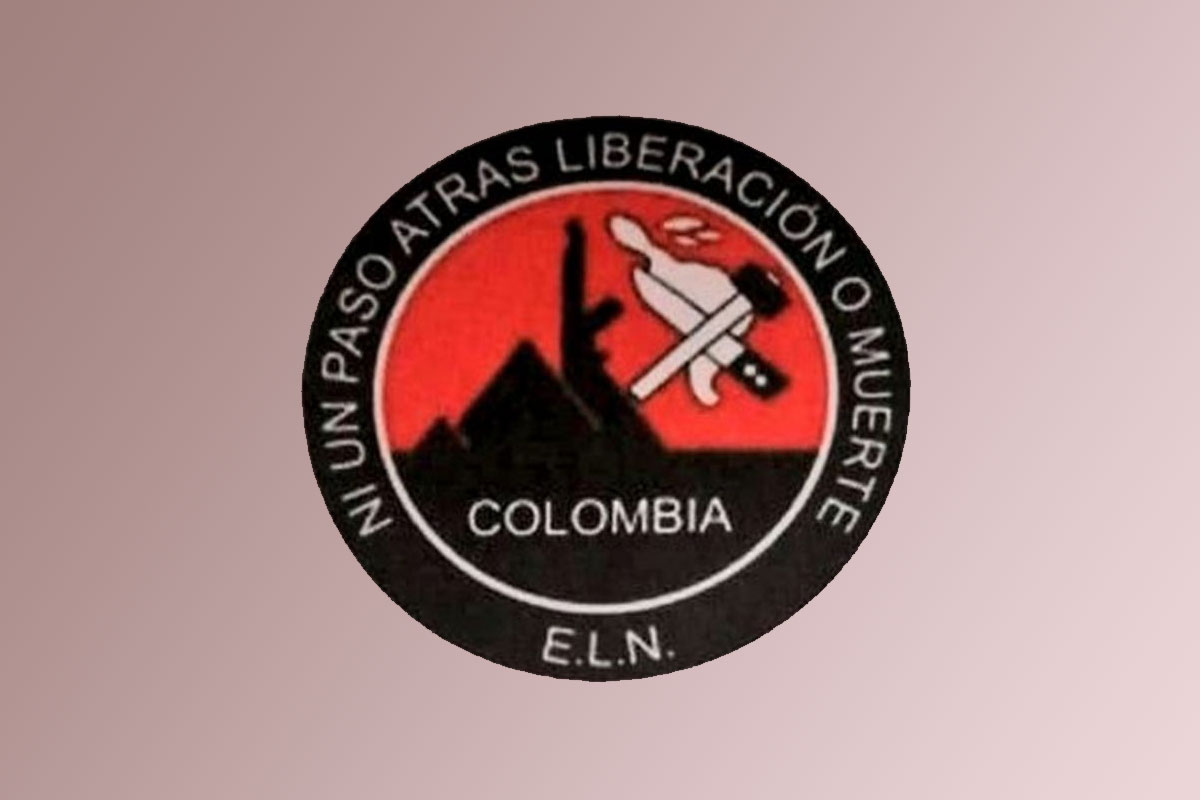Colombia’s ELN guerrillas are struggling to maintain a recent territorial expansion, according to a think tank.
In its latest report on the rebel group, think tank Indepaz said that the guerrillas have been able to expand their presence in the countryside, but lack stability to consolidate control.
On a national level, the instability of the guerrilla organization is largely due to an absence of a national expansion strategy, difficulties in the recruitment of new members and a shortage in mid-level commanders, according to Indepaz.
Regional expansion and difficulties
Through alliances with regionally active armed groups, the ELN has been able to grow its territorial reach in the center and east of the country, but without the ability to impose guerrilla rule.
This has allowed the guerrillas to maintain a permanent presence in 136 of Colombia’s approximately 1,100 municipalities and and increase in temporary or transitory presence from 14 in 2018 to 71 in the first half of 2020.
Along Colombia’s Pacific coast, the group’s territorial control is fiercely being disputed by paramilitary groups like the AGC, which is complicating the imposition of guerrilla rule.
The ELN’s so-called Urban War Front has maintained presence in Colombia’s largest cities, but has failed to gain support among non-violent sympathizers of the “Liberation Theology” propagated by the guerrillas.
■ Consolidates presence | ■ Temporary / transitory presence
Calling for peace complicates recruitment
Colombia’s last-standing rebel groups appears to be in an “institutional” limbo after a 2016 peace deal with demobilized guerrilla group FARC, and peace talks with the ELN that began in 2017 and were suspended in 2019, according to Indepaz.
The ELN embarked on a territorial expansion campaign after the 2017 demobilization of the FARC in an apparent effort to increase leverage.
This offensive was weakened, however, by the guerrillas’ support for the peace process with the FARC and attempts to negotiate their own disarmament.
This made convincing civilians to join the guerrillas a tough sell and wasn’t very successful among demobilized FARC guerrillas either.
The ELN certainly recruited some militia members or external collaborators from the FARC, especially in Chocó and the northeast of the country, towards Norte de Santander. Despite this, there is no record of FARC units moving to the ELN at the initiative of mid-level commanders or their deputies, but of militiamen without great capacity for promotion or de facto power.
Indepaz
Nonetheless, Indepaz believes the ELN has been able to grow its guerrilla force from 2,500 to 3,000 fighters since 2018.
Alliances and rivalries
The ELN was able to expand its consolidated territory in regions where it reportedly made alliances with other groups.
This has been the least successful in the west in the country where the guerrillas are facing fierce resistance from paramilitary group AGC.
In southwest Colombia, more than two dozen FARC dissident groups have formed, which has complicated stable alliances.
In Antioquia, Colombia’s largest province, the ELN reportedly teamed up with Los Caparrapos, which has also been at war with paramilitary group AGC and has allowed the guerrillas to expand their territory.
Also in the northeastern Norte de Santander and Arauca provinces, the ELN has apparently has been able to expand thanks to reported alliances with rearmed guerrillas of respectively the FARC’s 33rd Front and the 10th Front.


